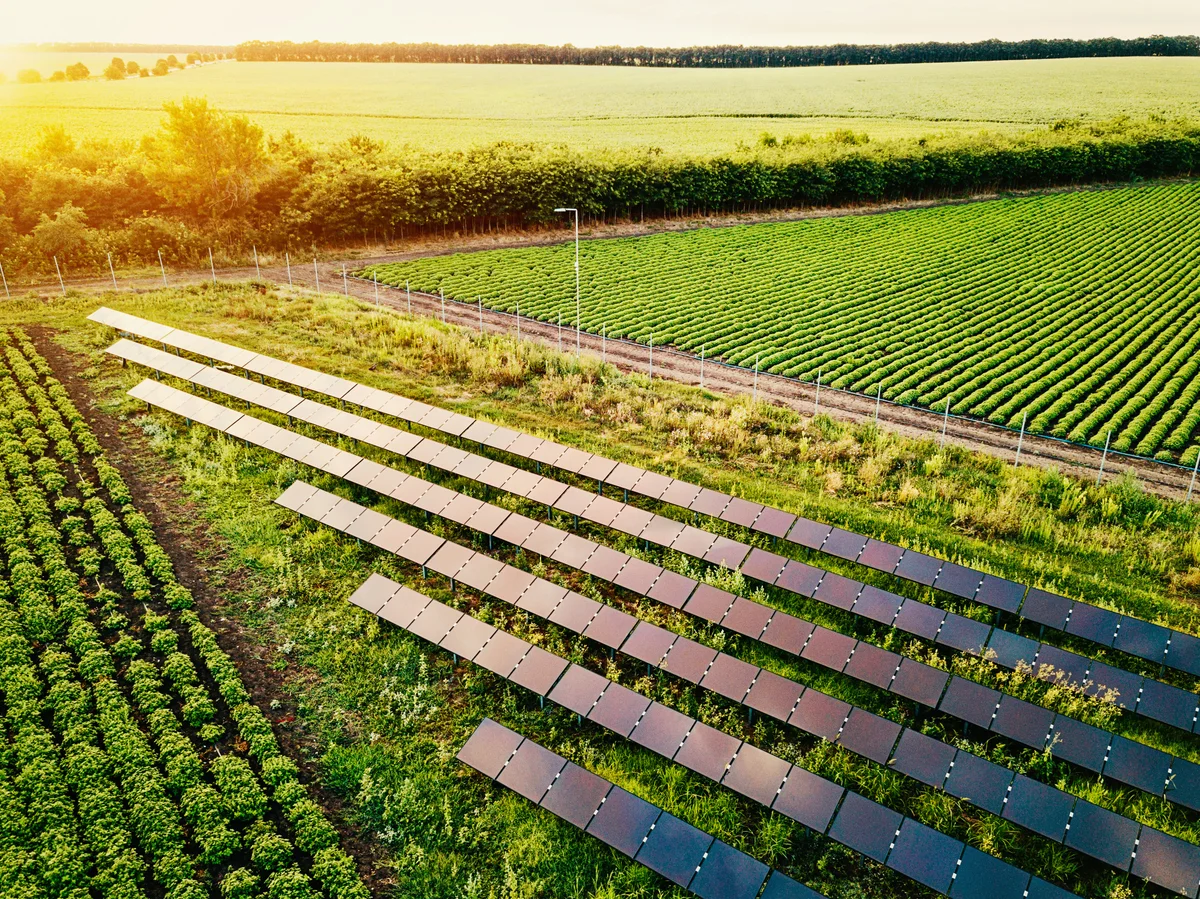Renewable Energy In Commercial Farming: How It Will Impact Consumers?
The growing adoption of renewable energy in commercial farming is a transformative movement. It’s driven by the urgent need to address climate change and the rising costs of fossil fuels. Another driving factor is an increasing consumer demand for sustainability.
The shift promises to revolutionise the way we produce food while aligning with global efforts to reduce carbon emissions and foster a more sustainable future. By integrating renewable energy systems like solar and wind energy into agricultural operations, farmers are significantly reducing their environmental footprint. They’re also paving the way for a more cost-effective farming industry.
Let’s take a closer look at the impact of renewable energy on commercial farming and its implications for consumers.
How Renewable Energy is Transforming Commercial Farming
Renewable energy is making farming a lot more sustainable and efficient. By harnessing the power of the sun, wind, and organic waste, farmers are reducing their carbon footprint and operating costs. Here’s a deeper dive into how renewable energy is changing commercial farming for the better:
Solar Power
By installing solar panels, farmers can capture the sun’s energy and use it for various applications. It’s a clean, inexhaustible resource to power everything from irrigation systems to farm equipment. Solar technology also reduces reliance on fossil fuels while cutting energy bills.
Many UK farms have successfully implemented solar energy. Prominent examples include Daylesford Farm in Cotswold and Worthy Farm in Glastonbury. These farms show how solar energy can be integrated into the farming industry without compromising food production.
Additionally, research indicates that growing crops beneath solar energy units can actually yield a distinct set of agricultural and environmental benefits, such as crops needing less water.
Wind Power
Wind power is another key player in the renewable energy landscape of commercial farming. Installing wind turbines on farmland can generate large amounts of electricity, enough to power large-scale operations that have things like processing facilities and storage units.
Once installed, wind turbines require minimal maintenance and provide a steady source of power. This is why it’s an increasingly popular choice among those in the farming community seeking self-sufficiency and sustainability.
Biomass and Biogas
This alternative energy source shows the farming sector’s innovation in achieving energy efficiency and reducing greenhouse gas emissions. it involves converting organic waste materials into usable energy sources, through a process called waste-to-energy.
The use of anaerobic digesters to break down organic waste without oxygen has made it easier for a lot of farmers to convert farm waste into energy. Governments, agricultural organisations, and farmers are currently collaborating to promote the use of these sustainable solutions. Using organic waste as an energy source also helps greatly in managing waste.
Other Innovative Technologies
Emerging technologies like geothermal power, microgrids, and battery storage aren’t commonly used in agricultural systems but they do play roles in broader efforts towards sustainable farming practices.
Geothermal energy can be used for space heating and cooling for agricultural applications. Geothermal heat pumps can efficiently regulate temperatures in greenhouses, improving crop growth and reducing energy consumption.
Microgrids consolidate distributed energy resources into a single, self-contained electric grid. They can improve the reliability and resilience of agricultural operations, letting farms operate through blackouts and emergencies. Battery storage allows surplus energy to be stored for later use or even to be sold back to the grid via the Smart Export Guarantee (SEG) scheme.
In future, the increased adoption of renewable energy sources and the technologies mentioned is becoming much more likely. There is also likely to be further exploration into the methods of converting farm waste into energy sources.




